#Generational Design
Explore tagged Tumblr posts
Text
Overwatch: Generational Design

Been a while?
Yeah. Life, y'know? Or some form of protomorphic resemblance to such.
So let's kick this off with a long one.
Gonna talk about Overwatch Heroes for a minute. This is a framework for broad traits and values that help serve Design in recognizing how iterations can progress into a new evolution-
Otherwise known as Generational Design.
Think of the heroes in Overwatch as builds; each build tries to accomplish something within the broad context of the game (Matches, Missions, Maps, Skins/Cosmetics, Animations, Lore, etc.), but also in the narrowed contextual categories as well (Ranks, MMR, Roles, Gamemodes, etc.) where specific connotation(s) have their own unique difficulties or-
A Hero can be loved overall in the broad context of the game- in Tracer's case- but as a DPS in the backline, she is going to make the lives of many Support heroes a living Time Loop of misery
Navigating this shift at the Design level is tricky (the mildest possible interpretation here), which is why it helps to have demarcations (points of reference that allow you to understand the context) while traversing that transition of scope between broad and narrow contexts.
As the game updates with new heroes, modes, cosmetics, and developers, the Builds shift to different levels of importance, with each new addition, acting as momentum- this momentum will eventually result in a rupture (Limit Break?) that results in a brand new demarcation or Generation of heroes and other additions, that follow new guidelines and structures in the Design...
...For better or worse.
Early Generations
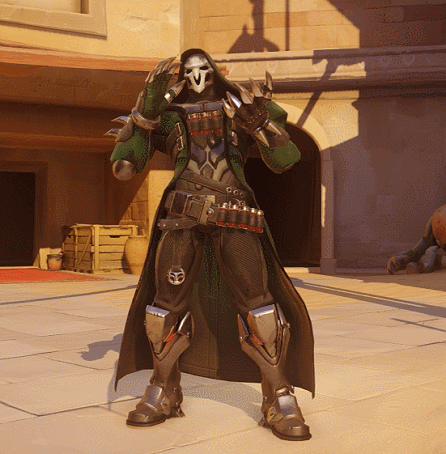
The initial Generation (1st Gen.) heroes were just the original cast. There was no other iteration or builds to point at for comparison and, by and large, these builds served as a launch pad for a brand new set of types; type of game, type of experience, type of play, type of purpose, etc. etc.
Overwatch was, itself, a demarcation within the industry for a wide variety of precedents and direction. It's impact even now, nearly a decade later, can't be understated.
But those 1st Generation heroes had issues a plenty, many of which were made recently noticeable with the Classic series brought back in '24-'25.
1st Generation Heroes performed with a level of Potency, Versatility and Texture that was abstract, even downright absurd;
You might get tagged with a vaguely purple effect and barely know it, because within a quarter of a second, you're dead to the smallest amount of focus fire after the 50% Discord Orb takes effect, but hey! That lil' Omnic only has 150 health and no mobility, so just jump in there with 6 people and delete him even faster!
You might have Earth Shattered 5 enemies, wiped them out with a quick little Death Blossom, and celebrated with a spray, but forgot about the Angel lady AFK around a corner and now all the enemies are back in the fight and you're down 2 Ults, mid celebratory emote so that's fun!
That Bastion? He's stuck in a corner waiting for people to walk into his line of sight. Might as well not be participating right? Except your team keeps walking past his cubby hole and getting deleted b/c he has no cooldown on his turret form and can self heal anything you throw at him in the meantime!
Lots of bigs swings, limitations, and Try-Try-Again mood.
1st Gen. invited experimenting, with the broader context, by figuring out what you could use the narrow context to get away with. It allowed for a lot of weird dynamics, and concentrated force that, rewarded that experimentation without denying players access to those same solutions. This was the closest and most accurate description of a common refrain from players
"If everything is overpowered, nothing is overpowered"
Which, anywhere outside of an initial game's release, is complete nonsense, that only works based off ignorance. Once a game has been fleshed out by the playerbase, Overpowered becomes leverage for that same concentrated force or-
Dive as a strategy became so omnipresent after a year or so of Overwatch, that the fine art of deleting a single individual on the enemy team demanded too much from players outside of the top end of the game. The result was an introduction of one of the (arguably) worst Metas in the game's history in the form of launch Brigitte's release and the introduction of GOATs, which would inevitably lead the Development team down a road of no return, Design-wise
1st Gen. Heroes are often described as some of the "most fun Overwatch ever was", but a lot of those players are longing more for the co-ordination of concentrated force + high experimentation that allowed for interesting plays...and for errors to be made in earnest, rather than in derision.
1st Gen was also the only Generation, due to the lack of comparative examples, where History/Release date, was the defining trait for it's existence.
The demarcation for 2nd Gen Heroes would make a massive splash onto the scene and Design, with the Introduction of everyone's favourite Grandma...
2nd Generation or "Figuring out Fun"

Ana was the first new hero introduced to the game after the initial cast and brought with her an abundance...an Excess, even, of Design choices and options. Her entire kit was next to unheard of across other games and relatable mechanics and cemented Overwatch as a Design force that could not (easily) be replicated.
For some perspective; Design as a whole is heavily impacted by Precedent. New precedent in mechanics, effects, applications, are unknowns and can't be accurately predicted by Developers or Players. New precedent needs to be tested. A lot.
Ana's Biotic Grenade, just by itself, was the first instance of applied Burst Healing, AoE Burst Healing, Healing Amplification, and Anti-Healing in Overwatch.
A single ability with 4 separate precedents that would impact how Design for future heroes, hero reworks, balance adjustments, maps, and missions would be regarded?
It's little wonder the vast majority of 1st Gen. heroes would be upgraded to 2nd Gen. soon enough (Note: there are still a few left in the game, but only 2 are still considered relevant Design-wise and without constant reproach from the Playerbase).
Potency was the main driving force behind the majority of 1st Generation heroes (Big Swings, levelled out by limitations, and Try-Try-Again attitude), but 2nd Gen. was all about the Versatility; deciding who to target with Bio-nade, Sleep, or Biotic Rifle was entirely on the player. Where to position to maximize the sniper option, while sorting out being isolated vs. easier group up and LoS angles. The options were plentiful for an Ana, to the point that many players did not fully grasp what to do with her at first-
A Sniper that healed and could not headshot was a novel concept that went against decades of FPS' standard, but also proved why Overwatch was such a different game with much broader appeal.
It also showed that the design of the game was willing to take chances, with the reward being a unique perspective and character (Older women as a concept were relatively unheard of as Avatar's for players to actively play) that is thoroughly loved by many.
Ana would give rise to other 2nd Gen. heroes (and inspire reworks and re-designs for a variety of 1st Gen. heroes like Mercy, Symmetra, Roadhog, and Dva, into a 2nd Gen. state) such as Moira, Brig, Wrecking Ball, Sombra, and Ashe.
Regardless of how people felt about the gameplay of many of these newer heroes, the Design strongly leaned toward expanding much of the game's Versatility and just what you could accomplish playing them in those narrow contexts.
Does this mean Ana's release was an unmitigated success for Design? That 2nd Generation was the coming of the Golden Era?
In a word? OhGodPleaseNo
2nd Gen. started to run into problems with the broader context; the Designs that would release in 2nd Gen. inspired too much control in their existence, erasing many of the variances that went along with Maps, Missions, Cosmetics, and Lore.
Sombra's ARG basically took control over Lore for a few weeks/months, relegating many of the 1st Gen. heroes to a Lore-in-Limbo status that saw them barely get a scrap of a mention in any context.
Cosmetics meanwhile, leaned heavily away from those with less followings or dedicated fans and, instead, toward the more "popular" (Read: often times, controversial) heroes.
The introduction of Biotic Grenade also brought with it Anti-heal, which, as a concept, was so disruptive of the choices Design could follow, that it would lead to the future introduction of a variety of sustain mechanics that would be considered a worse direction for the game overall.
Roadhog went from a niche Tank pick that could work in isolated circumstances, to having his Take a Breather provide healing, damage reduction, and allowed him to Move, all while still doing incredible damage with a precise isolation displacement (Hook put you exactly where he wanted you to be, while also doing damage), all because Ana could so easily shut him down, demanding the Design Philosophy update him for the modern era...which also pushed him into the DPS-player favourite that, to this day, is the dominant perspective for his overall Design (whoops...).
2nd Gen. defined itself by Versatility, rewinding the clock on many 1st Gen. heroes while introducing narrow context as a "Run the show" dynamic that many players really enjoyed-
-unfortunately, as with many things, that would inevitably give way to a soul-crushing truth: Versatility breeds innovation and with innovation, dominance follows.
3rd Generation or the "Do Not Die" Era
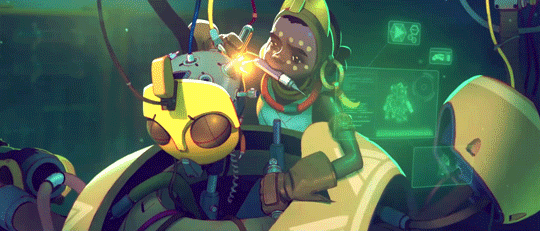
If you'd asked me back in the day about 3rd Generation I would have probably said a few other options; Brig, Wrecking Ball, maybe even Doomfist were the markers for what would eventually become the starting point of 3rd Generation heroes-
-but I'd have been wrong. Largely in part because the actual start of this Generation, was not with a Hero as much as a conflux of circumstances, both old and new.
For the sake of a finger to point though? Orisa was the hero that would (eventually) define the 3rd Gen.-
-and that feels horrible to say, because of how many negative opinions the Overwatch Community has about this hero, but it did not start with her.
It started as exposure to a meta that, collectively, said the only thing that matters is the Broad Context and how you control it.
GOATs proved that, with enough abandonment of Design (the extended GOATs era was the early start of development for the 'Walk' phase of development that was meant to be PvE), Player knowledge extraction, and extreme concentration of forces?
You could ensure the enemy was never allowed to do anything to you ever again. Texture warped from limitations to prove innovation, into hard restrictions that disallowed any other form of play.
No plan, no strategy, no tactic, no composition, no skin, no lore bite, no nothing was ever going to dislodge 3 Tanks and 3 Supports from that objective. Nothing-...except maybe a mirror match but even then, it was just two unkillable objects throwing nukes at one another for minutes at a time without anyone dying.
That sustain? That value and execution of a composition would make it's way into the philosophy of the Design for the foreseeable future and become a mainstay that got inserted into individual hero Design right up to today.
Orisa's release saw the full on expansion of "Unkillable" but would not really make it into the Player defined dominance until GOATs showed up and persisted for as long as it did. When, eventually (inevitably) the Developers took action against it by implementing 2-2-2, the playerbase had caught onto "Just don't die" as a Design structure, opening the way for Orisa's presence to be felt and known.
3rd Generation was born the day Orisa (and, by extension, the Tank that would prove Overwatch 2's inevitability) came to the forefront of play; Do Not Die was narrowed down from a carefully executed composition, to a single four-legged, behorned bit of Omnic divinity with enough Damage Mitigation to put any other Tank pair combined, to shame.
Deny deny deny was the prevailing philosophy of 3rd Gen. and it showed through the hero releases (Baptiste, Wrecking Ball, Echo, Brig, New Mercy, New-New Symmetra, all had elements of this built into their fundamental designs; bricks in the road to present 3rd Gen.).
Orisa's Barrier, Halt, Fortify, and Super-charger weren't methods of playing the game, as much as they were individual buttons to press that the enemy now had to figure out (if they even could be figured out, as Bap's Immortality Field and Orisa's Fortify would call into doubt).
Most 3rd Gen. heroes went looking for easier to apply/activate denials that put much of the onus and responsibility onto the enemy, which largely contributed to player complaints of "Low Skill".
(Note: Design could have allowed for many of these mechanics to be tempered by further iteration, especially with different applications and activations, but at this point PvE was well and truly chugging along)
3rd Gen. heroes would/remain the standard for Modern Overwatch, especially as the game moved into Overwatch 2, but, as with all things Design, the evolution has come a long way within the Generational regard.
Orisa was the initial finger point moment to 3rd Gen., sure, but not the defining one overall, as both broad and narrow contexts would culminate together to ultimately define it.
We'd also get a major first look at what the future Generation of the game would eventually be; cutting edge, beyond the pale, ahead-of-his-god-damned-time, recognition that would ultimately obliterate any sense of Team-based experimentation?
In favour of the current Gen's all-consuming obsession:
Bloat.
4th Generation or "Thicc is an understatement"

Overwatch 2 is probably the biggest and most obvious demarcation for a brand new generation, and that is partially true; 3rd Generation heroes largely translated over into the format change (with considerable revisions and re-designs across the cast throughout Overwatch 2's current lifetime to update most into 3rd Gen. states), but Denial and Survival remain one of the core concepts of the game, thus making the sequel less of a demarcation and more of a fresh start.
3rd Gen. is still the dominant Generation for this game. That said-
Perhaps it's a testament to how quickly Design Philosophy was being picked up and left behind, or just a culmination of every design decision made up to that point. Nevertheless?
Sigma is the 4th Gen. prototype. Without question.
If Orisa was proof of 3rd Gen. concept, Sigma's release saw a hero so overkit'd, that any attempt to interact with him by anything other than a 3rd gen. (or beyond) hero would have been laughable or-
Attempting to interact with a Sigma during his release days meant having one part of your kit that might have done something, if he was out of a couple of cooldowns and the other Tank was busy with- oh wait no Orisa. It was Orisa. No you weren't getting anything done.
The hero brought about a level of kit supremacy that fit him right in with Overwatch 2 heroes, dubbed often as the first 5v5 appropriate Tank.
4th Generation Heroes are defined not just as cutting edge in their mechanics, but also lacking in exploitable weaknesses. It isn't just survival and existing for them, it's execution of a kit that guarantees a rapidly adjustable value that most other Kits in the game just Do Not Have An Answer For.
When a Tank comes equipped with Denial, CC, High Damage, Broad Coverage, Minimal downtime, Frontline/Off-angle potential, and Compositional Flexibility?
All other heroes in that Generation are bound to be nightmare fuel.
In the same vein that 3rd Gen. Design displaced Versatility with hard denial Texture limitation? 4th Gen. is attempting to overcompensate back into Potency, where it all started, via Bloat.
Sigma proved it was possible. Preferable, even, given Orisa and the Supports at the time, accrued all of the blame for the dread presence that was "Double Barrier" Meta, while he has largely remained unblamed in history.
And with Sigma as the prototype, Overwatch 2's hero releases would steadily iterate and build on 3rd Gen. designs, rapidly accelerating toward 4th Generation as a new standard.
Junkerqueen, Sojourn, and Kiriko all came forward with brutal effectiveness in their releases (with the first 2 receiving no small amount of nerfs to bring them, at least somewhat, back into a 3rd Gen. state), while the likes of Lifeweaver, Illari, Ramattra, and Mauga all maintaining the Deny to Exist canon that was 3rd gen...with some extra spice to ensure their Potency matched the modern day 5v5 format.
All the while Sigma kept comfortable pace with everyone without missing so much as a melodic hum.
You might be forgiven for thinking that's where it would stay. 3rd Generation frustrations of denial, were largely assimilated into the divisiveness that was the 5v5/6v6 debate, much of the Design Philosophy taking a backseat in favour of more immediate concerns (Monetization, Cosmetic availability, Content Creator opinions, Developer newness, and PvE fallout)-
-and then Venture came out.
A brand new DPS with major CC potential, extended invulnerability, hard burst damage, and a terrifying level of backline savagery. 4th Gen. would make itself known in their Design. Once again, modern concerns outside of Design, allowed for them to emerge into the Cast with relatively little impact (Missing Cosmetics are still the main concern for much of the playerbase, to this day)-
-but they were just clearing the obstacles for the inevitable.
Juno's release was hailed as a fresh new presence in Hero Design; dynamic and chock full of value from multiple angles, her playstyle was herald to a new stage of "Fair and Balanced" from much of the playerbase, which, many of the Developers, took as a great sign-
-only to be a dominant presence at the highest ends, that got little pushback from other areas, because she was such a friendly presence in the broad contexts of the game or-
The Playerbase can be entirely forgiving of Design Escalation, if the cosmetic potential, lore, and Bloat all match-up in abundance
Juno isn't an overkit'd Hero by modern Overwatch 2 standards. Absolutely not for 5v5 as a format which is where she and most of the other releases belong. It's one of the major saving graces of the Format.
But it is very difficult not to notice the creeping signs and directions of the game when Venture/Juno are back to back releases.
When you consider just how "upgraded" heroes like Pharah, Roadhog, Doomfist, and Orisa all became with Overwatch 2's progressing Design choices.
And how utterly frightening all this is, in context, with what would reveal itself to be as definitive proof that Generational Design did not end with the sequel's release.
5th Generation? "Wait and See"
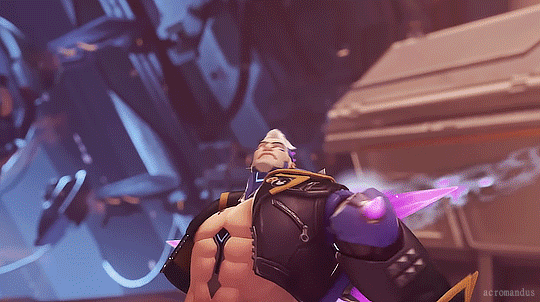
Dear Fuckin' God.
If Sigma was the prototype for what Overwatch 2 was going to be?
Hazard is proof there's always more to add.
More mechanics. More effects. More abilities. More inputs. Just...more.
Dominant from release with no discernable counters, even at the gameplay level (especially at the gameplay level), Hazard represents a "Sandbox" philosophy of design that clearly states the future is unlimited.
Broad/Narrow context have never mattered less than with Hazard's release, which single-handedly re-defines every measurable component of the game from Cosmetics, to Map navigation, and on into Lore.
Potency, Versatility, and as minimal Texture as possible, if there is ever going to be a 5th Generation hero era, it will be proven by Hazard's presence.
Sigma's capacity for rapidly shifting value that is difficult to find an answer for, is measurable in Hazard, just in the use of his Jagged Wall; an ability that has persistent knockback, Collision, anti-mobility, unrestricted environmental deployment, persistent burst damage, Tank-level Health, and Offensive/Defensive utility or-
A single ability in Hazard's kit, achieves multiple effects throughout Sigma's entire kit-
-Bloat
Where does it all go from here?
So where does that leave us?
What specific earmark will define the 5th Generation, remains to be seen, but with the addition of Perks as a strong new "Tier of Gameplay Variance", Clash and Flashpoint as flawed gimme Missions that players will consistently struggle with, and New Collabs and Gamemodes from season to season? The possibilities have expanded well beyond traditional Overwatch Design.
Even Freya's most recent playtest, suggests her presence as a 4th Generation hero is all but guaranteed, identifying 4th Gen as the new staple going forward.
Context is no longer a requirement. Lore is an isolated component specific to those who care about it. Loot boxes return gambling values to the foundation of cosmetics, and balance can now be relegated to easily adjusted power-ups only available after you gain enough in-match XP.
New Dawn. New Day. New (types) of Generation.
The Future seems more like "Revolving Door Design", rather than any sort of stable ground to plan on. Still, the playerbase is receptive and responding strongly, so maybe it isn't about stable ground anymore?
Marvel Rivals has proven Overwatch's response; that the team wants to prioritize innovation.
And maybe that is the future.
#game design#design theory#Overwatch#Overwatch 2#Generational Design#Long much?#It absolutely could have been longer#Hell it could have been a video essay honestly#I need some vitamins and a nap
7 notes
·
View notes
Text

grey wagtail
character from The Wildercourt, the graphic novel I'm very slowly but very persistently working on
#WLDR#wildercourt#bird#passerine#kiara#she has changed quite a bit from the morphology pdf#as has the general design of the passerines#tbh I do visdev up until I have to submit page finals lol
34K notes
·
View notes
Text






was thinking about that one blind professor post earlier today and how well it applied to the aptly named Team Dark

(really 'Team Dark' just sounds a lot cooler than 'Team Saves-On-Electricity')

#just another tally added to the board of reasons it's hard to imagine any of these guys ever entertaining guests 👍#the trickiest part of this gag was trying to think of who would ever visit these guys lmao#not the most social of butterflies this group#sth#rouge the bat#amy rose#shadow the hedgehog#e123 omega#team dark#comic#my art#doodles#sonic#sonic the hedgehog#is that really the general tag that gets used? which one of these 3 is the main one here a;sldkjf#anyways first time drawing amy!#I like her funny little shark fin from her classic design
57K notes
·
View notes
Text
Too many writers are using generative 'AI' to make their book covers, so I've written a guide on how to make your own cover for free or cheap without turning to a machine.
If you can't afford to pay an artist, you CAN make your own!
I hope this is a helpful overview that covers the basics and points to some free resources.
[Edit:] this is getting well outside this account's usual reach and a few people in the notes are making not so great comments about the fact I write weird erotica. So, for full disclosure: yes, I am an erotica writer. And the book covers include those for tentacle erotica and robot erotic romance. But you cannot see anything NSFW. All of these covers were approved by Amazon. Frankly, the cover of the most NSFW story, Oviposition, is downright tame! And to those complaining about the word 'Oviposition', that is a scientific word for a naturally occurring phenomenon - it's only naughty if you know the content of the story, which is only alluded to as 'sexy'.
I also do not believe that shirtless men require a warning, but yeah, two of the covers have shirtless men. The cover with a tasteful nude drawing (showing a bum, but not a weenor) has already been censored.
I can't do anything about the version of this post that got rb'd by a popular person, but for those who are concerned, consider this your content warning.
24K notes
·
View notes
Text
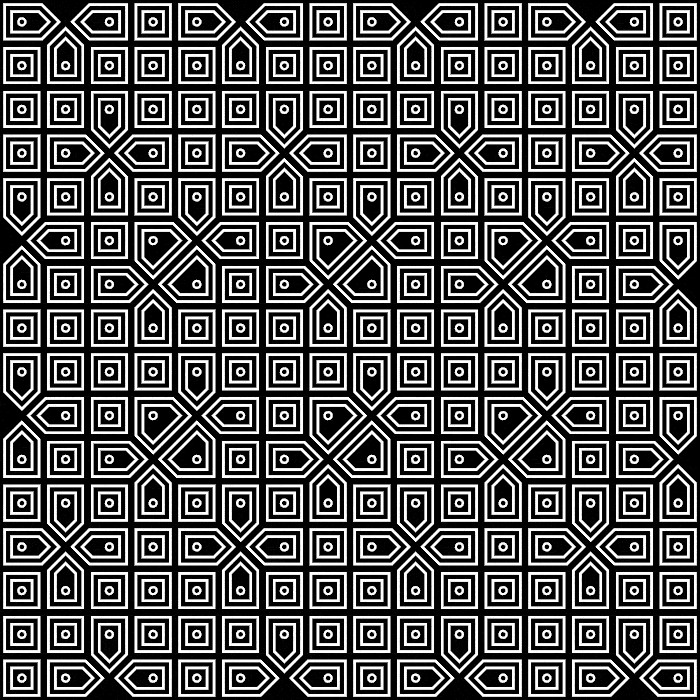
9K notes
·
View notes
Text



last time he saw “Drift” he was called Deadlock and was twice as big
and a helicopter. he was a helicopter.
#IDKKK I REALLY LOVE THIMKIMG ABOUT TFA DRATCHET#i love the concept of Drift being in tfa in general i think it’s really tasty#like what do you mean a bot can change his whole frame?#ARGHHH and his design just. works so well in tfa idk#maccadam#transformers#tf#tfa#tf animated#tfa ratchet#tfa drift#tfa deadlock#dratchet
3K notes
·
View notes
Text
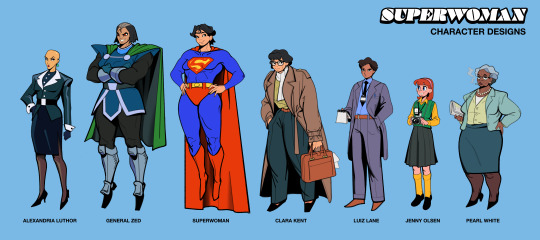
Look up in the sky! It's a bird! It's a plane! It's... Superwoman!
Some character designs I did for a Superwoman concept idea.
#superman#dc comics#dc#clark kent#lois lane#lex luthor#general zod#jimmy olsen#perry white#superwoman#clara kent#luiz lane#jenny olsen#pearl white#alexandria luthor#general zed#my art#fanart#character design#continuing my trend of “what if xyz property but abc”
3K notes
·
View notes
Text
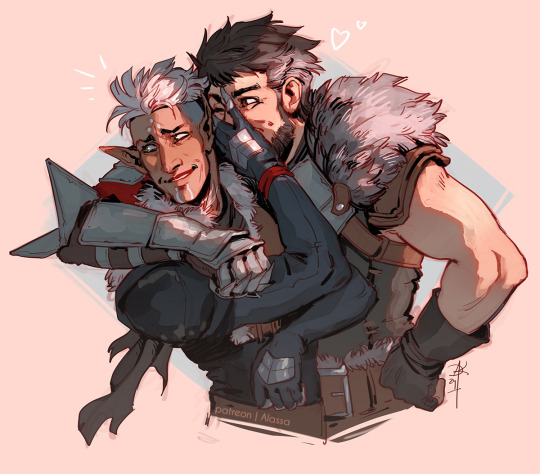
'Not now, not in front of--'
#fenhawke#dragon age#dragon age 2#fenris#garrett hawke#las!art#how was your holidays break las?#pretty great#chased the broodiest of elves#managed to get some kisses in the end#drawing them older#because i adored the blue wraith design before really knowing fenris in general#man i've been in DA fandom for a decade now but never really got around to REALLY play let alone finish DA2#so happy i finally managed#i'm SO DEEP#also floppy ears are my fave thing#last drawing of the last year hahah
5K notes
·
View notes
Text
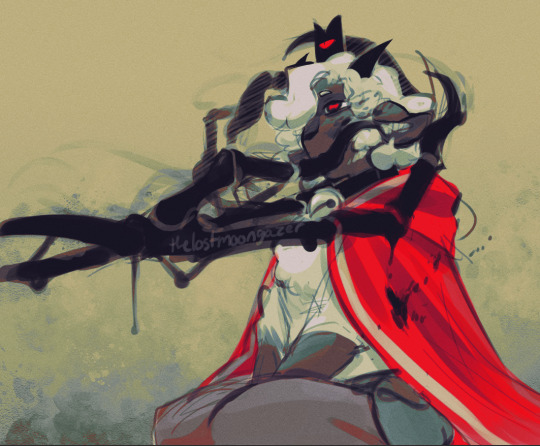
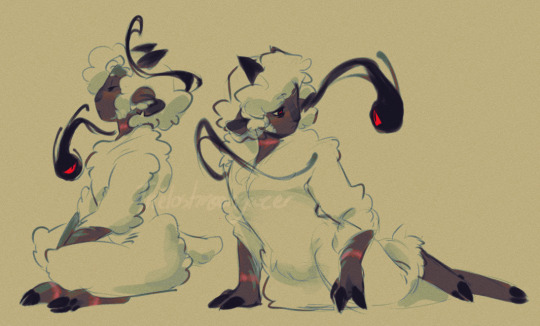
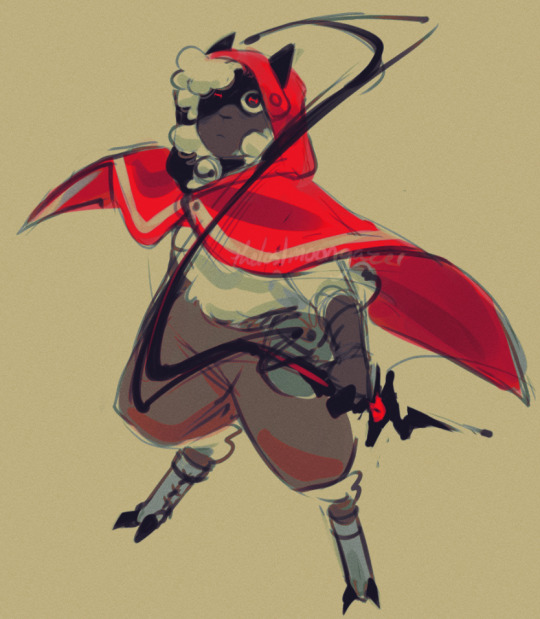
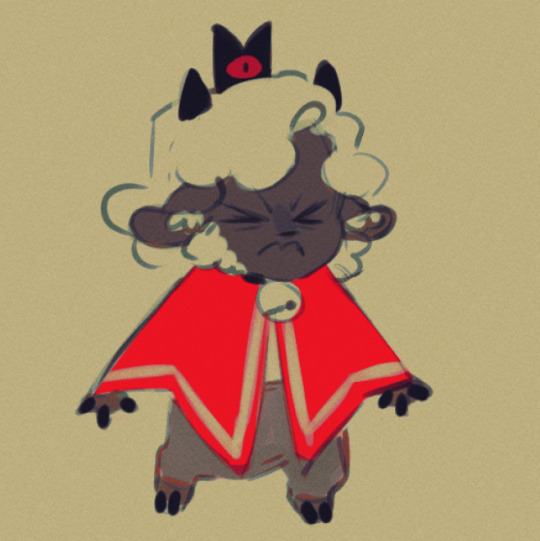
more figuring out how i wanna draw the Lamb :3
#cult of the lamb#cotl#cotl fanart#cotl lamb#gonna be real main inspo for my lamb design is runningwithsizzorz#the way they draw the lamb (and in general) has so much movement and flow its so captivating#it was very helpful warm up trying to emulate that flow into my art cuz i feel like ive been getting stiff lately :0#en ee ways if you havent seen runningwithsizzorz's art you should it is. very good#moon art
8K notes
·
View notes
Photo

Kenneth Snelson Chain Bridge Bodies (1990)
#art#kenneth snelson#graphic design#3d#render#computer generated#cgi#artwork#artist#90s#1990s#1990#u
3K notes
·
View notes
Text

Nerys!! ♥︎ She has possesed my body and soul these past few days I can't stop drawing her
#my art#kira nerys#major kira#star trek#ds9#deep space 9#fanart#star trek fanart#ds9 fanart#st ds9#kira nerys fanart#palukoo#tail#she is sooooo. meow meow#a bit monkey#and a little bit deer to me#idk i just love her so much she is stuck in the mindcrowave#theres oooh plany of thoughts and headcanons rotating through my mind right now about bajoran's tails#both sad and cute ones#ones specific to kira and more general ones#just!! tails!!#next i want to get into a more alien design for betazoids#bc deanna troi <33 my other fav trek character#bajoran design
2K notes
·
View notes
Text


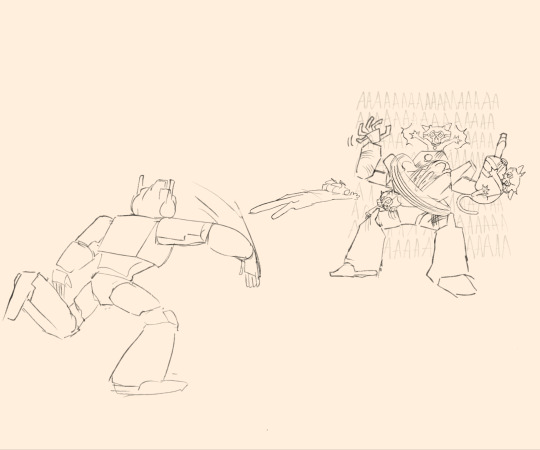
deploy cat
#top 10 banned military tactics#had to draw kittylita at least once bc her design is just so cute#kittyformers in general are just so charming#transformers one#tf one#transformers#optimus prime#elita one#elita#shockwave#transformers fanart#tf elita one#tf optimus prime#tf shockwave#kittyformers#oppy you cant hold a cat like that#my art
4K notes
·
View notes
Text

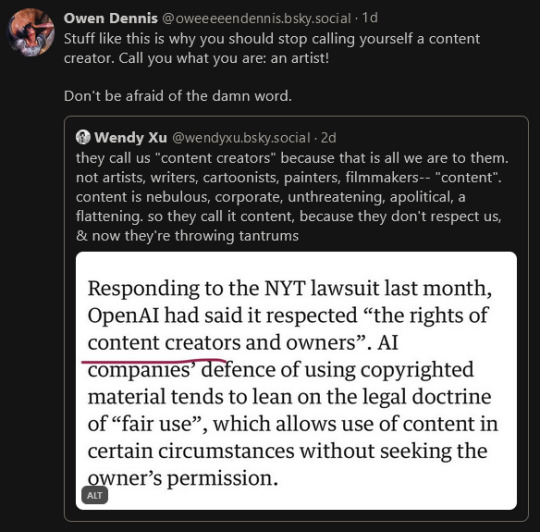
"content creator" is a corporate word.
we are artists.
#anti ai#fuck ai#artists on tumblr#please do not call me or any artist a content creator#i'm an artist. a fanartist. a designer. but not a content creator#ai clowns in my replies will be deleted and blocked without response so do not waste your breath#you are not an 'artist' for generating an image any more than you are a chef for ordering from a restaurant. someone Else did the work.#owen dennis just deleted all his blue sky stuff again and i hate that he does that because he makes such interesting comments#about the entertainment industry lmao i need to just. start screenshotting every smart thing he says#anyway thats why i decided to finally make this when its been sitting in drafts for a few months#owen dennis#edit - if you dont know who owen dennis is he's the creator of one of the best animated series of the last 20 years (Infinity Train)#he's very open about talking about art and the entertainment/animation industry on social media and in his newsletter and hes so cool 4 it
9K notes
·
View notes
Text



i love learning cursive just to write text for exactly one character
#fun umbral lore. i can barely read cursive#if you want to hide anything from me then write it in cursive and i will literally never be able to read it#or write it. i had to google cursive text generator and copy it for this#ill settle on textbox designs also eventually#god its been so long since i've drawn the manor gang i think#saw this post and i immediately thought “cyn”#it has nothing to do with her being my number 1 blorbo. bite me#murder drones#art#murder drones n#murder drones v#murder drones j#murder drones cyn#serial designation n#serial designation j#serial designation v#they're so gay also they blushed immediately after this and made out probably im still torn between like 5 different ships#curse you fanfics for putting these ideas in my head
10K notes
·
View notes
Text
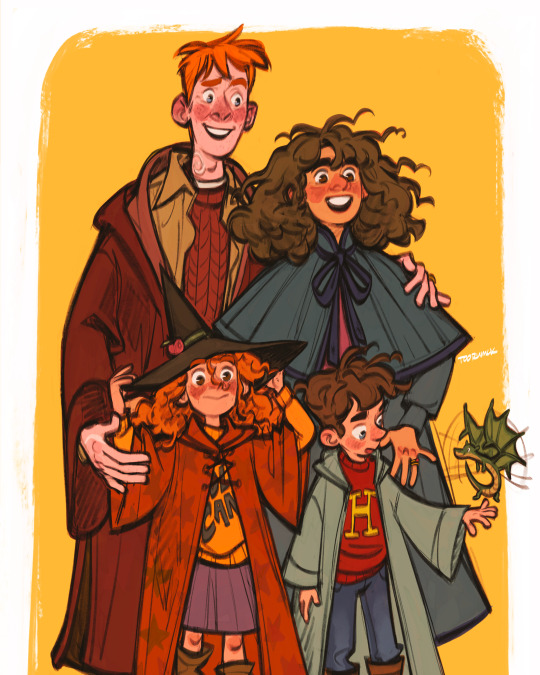

the beloved and infamous Granger-Weasley clan
bonus:

#romione#ron weasley#hermione granger#rose granger weasley#hugo granger weasley#rose granger-weasley#hugo granger-weasley#granger weasley family#the granger weasley family#harry potter next generation#hp next gen#harry potter#harry potter fanart#hp fanart#harry potter art#my art#character design#artists on tumblr#ron x hermione#hermione x ron#ronmione#rose weasley#hugo weasley
3K notes
·
View notes